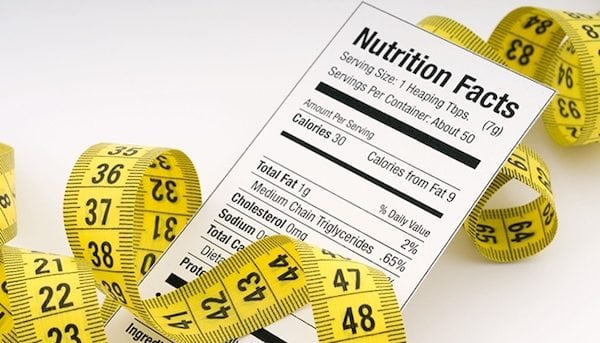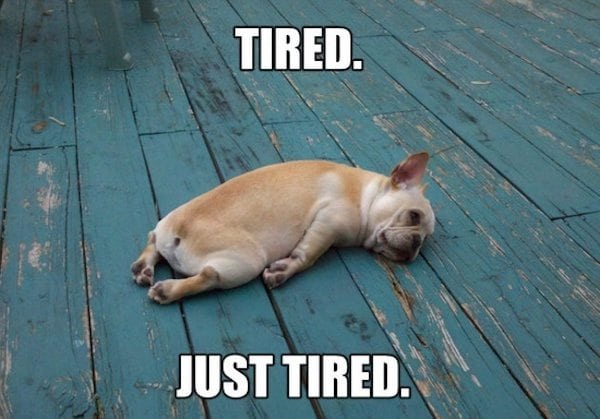No products in the cart.
9 Shredding Tips For Newbies : The Journey To 10% BF

Most guys (and many girls) are in the gym to get shredded.
This is why they train, they may say that they only want to lose a couple of pounds, or to build a bit of muscle. However, the truth is that when they picture the perfect result it’s a six-pack.
But this goal isn’t as unattainable as people expect it to be, most people can get a six-pack if they work hard enough.
In this article, we will be sharing some tips on the most effective way to get shredded.
What Is Shredded?

There is a difference between losing weight and getting shredded, though they both start off the same.
You need to create a calorie deficit by reducing calories and increasing energy expenditure (exercise).
Training to get shredded just involves continuing the diet past the point where most people would be happy.
The trick is to get your body fat percentage low enough to reveal your abs. This would involve dropping the percentage lower than 10%.
Lowering your body fat to the point where you can see your muscles with full definition does not require training at an insane intensity 24/7.
It’s more about extending the amount of time spent on dieting while slowly lowering calories each week.
The Journey To Sub 10% Body Fat

Let’s assume that right now you are an average lifter, you are quite low in body fat, and that you have been training for at least 12 months.
You know what you’re doing in the gym, and your nutrition is decent most of the time. But what you really want to do is train for a photoshoot (to get those Instagram likes) or to compete in your first amateur competition.
You sense that if you don’t manage to hit this target now, then you never will.
The first thing that you need to do is to start measuring everything. You need to know what you currently weigh, what your chest, waist, glutes, arms, and legs measurements are (using tailors tape), and you need to take some before pictures.
You also need to start measuring your current calorie intake, and your macros.
So signing up to a calorie tracking website such as MyFitnessPal.com or similar is a great place to start.
If you have been training properly then you will probably be doing enough exercise as it is, so no need to add any more in. But if you haven’t then look to lift weights 4-5 times per week.
Now that you are looking to lose weight, rather than build muscle you can start training concurrently.
This means adding cardio to the end of your weights workout. It will burn more calories, but isn’t advisable for muscle building.
You can do either high intensity or low-intensity cardio. HIIT would probably be quicker to complete so think about that.
The diet is going to be aiming at dropping body fat. So you’ll want to keep your protein levels very high as this can prevent muscle loss (or at least prevent MOST of the muscle loss).
If you follow this rule then you can be fairly certain that every kg of bodyweight dropped is mostly body fat.
You need to work out your current amount of lean muscle. So weigh yourself and estimate your body fat percentage.
If you weigh 100kg and feel that you are currently 20% body fat, then you have 80kg of fat-free mass. This means that if you want to eventually hit sub 10% body fat you’ll have to aim for 90kg.
You don’t want to lose too much weight too fast. So you should aim for around 0.5kg weight loss per week. At this rate, it would take you 20 weeks to hit your 90kg target.
Once you have found out the calorie target you would need to hit to do this, then it is just a matter of following that.
Remember that once you are sub 10% you will need more time to get that dry look. So factor the extra week into your calculations.
As you lose weight, you will have to lower the intensity of your workouts slightly as your body won’t be able to recover as effectively.
Also increase your sleep time if possible, as this will prevent you from feeling too hungry while dieting.
Remember to re-calculate your calories as you lose weight. Check your progress constantly (but wait 3-4 weeks before worrying about making any changes).
If you find that you are losing too much weight then you will need to increase calories slightly.
If you aren’t seeing any changes then you might need to be a bit more aggressive in creating a calorie deficit (or you can just walk more).
When you are finally happy with your results you can start to concentrate on getting that dry and shredded look we talked about.
Tips To Get Shredded
Here are some tips to get that dry and shredded look you desire:
Tip #1: Assess Your Capabilities
While almost anyone can train to get shredded, one of the first things you should do is assess whether you should.
If you are over 30% body fat, then training down to 6% is not a smart idea. It’s possible – just not smart.
The journey will take too long, and the longer it takes the worse the side effects.
Being in a prolonged calorie deficit can lower testosterone, reduce your immunity, and lower your metabolism.
A good way to go about things if you are very overweight is to lose weight in stages.
Diet down for 12 weeks until you have lost a bit of weight then have a 4-6 week maintenance phase, then you can diet down again.
Repeat this process until you are near enough to shredded to begin the process.
Tip #2: Drink More Water
Six to seven days before the competition you want to start increasing your water intake. It sounds crazy but drinking MORE water can help you to lose more water.
The day before the competition you want to cut out as much water as you can (but don’t put yourself in danger).
The day of the competition your body will be as dry as possible as you won’t be retaining any water.
Immediately after the competition you want to look at slowly increasing your water consumption, isotonic drinks are a good shout.
Tip #3: Cut Your Carbohydrates
When you are cutting out water you will also need to cut carbs down to as low as 20g per day.
You do this for 5 days and then the day before the competition you would carb load hitting 200g or more (remember that you are still in a low-calorie state, so 200g will be a high amount).
This will massively increase glycogen, which will leave your muscles feeling fuller, and looking much bigger than usual.
Tip #4: Cut Salt (Sodium)
To look even more shredded, you should be looking to cut salt/sodium as well.
This will really help make you look as shredded as possible. But be careful because after 72 hours it can actually lead to water retention. So time this right.
Tip #5: Measure Everything

Calories in, calories out, the weight of food, weight on the scale, progress photos, body circumference measurements.
Track everything, because dropping fat to single-digit levels requires your entire diet and training program to be at optimal levels.
If you aren’t measuring your calories at the very least it is unlikely that you will get successfully shredded. Because you can’t lower calories if you don’t know how many you are currently eating, can you?
Tip #6: Love Your Bed
Sleep is one of the most important factors of a healthy life, and this goes double when you are trying to get shredded.
It is necessary to control hunger (Leptin and Ghrelin are affected by bad sleep), and to help you recover from exercise.
Because you aren’t eating as many calories your body won’t recover as efficiently as usual. So add an extra hour to your sleep schedule.
Tip #7: Lower Calories Slowly
Many people think that dropping their calories from 2,000 to 1,200 (as an example) is a great way to get ripped. But this is a bad way to go about it.
For one your energy levels will drop fast. You’ll also be hungry all the time, and will most likely give up.
Instead, you should concentrate on slowly lowering your calories on a weekly basis. Dropping 50-100 calories each week will ensure that you lose body fat at a steady pace.
As you get closer to your goal you can drop a little more, so long as you feel comfortable doing so.
Tip #8: Don’t Train Too Hard In The Gym

Most people have an idea in their heads that training while on a severe cut should be all about high-intensity work.
This is technically true for the beginning of a cut. But towards the end, when calories are at an all-time low and your stored fat (energy) is dropping you cannot train like you would when on normal calories.
You need to adapt your training, even bodybuilders do this. Lower the weights, train low intensity (walking on a treadmill instead of sprints) and make sure that you don’t overexert yourself.
Passing out in the gym because you’ve overdone it will not help you reach your goal.
Tip #9: Prepare For The Future
You can’t stay shredded forever, as we mentioned before – your metabolism will drop, your hormones will be affected, and you’ll struggle mentally. So you need to have a plan for getting back to a normal weight. One of the best strategies is to reverse diet.
Slowly add calories in week by week. In the same way that you dropped them week by week while trying to get shredded.
This technique will ensure that your metabolism is improved, that you don’t gain too much weight, and that when you decide to diet down again you’ll find it a lot easier.
In Conclusion
It is possible to get shredded, and the above tips provided will certainly help.
However, you should ask yourself whether it is truly worth the effort.
You can get fit and healthy without having to drop your body fat percentage so low. This is certainly not something I would recommend doing for the long term.
Save
Save
Save
Save
